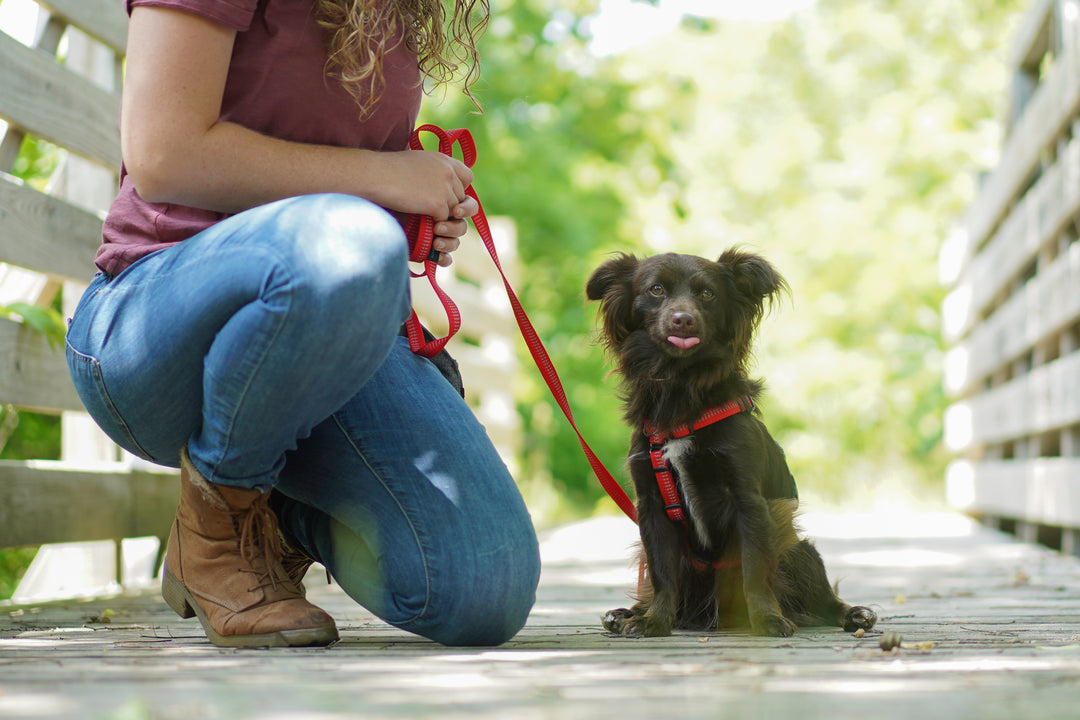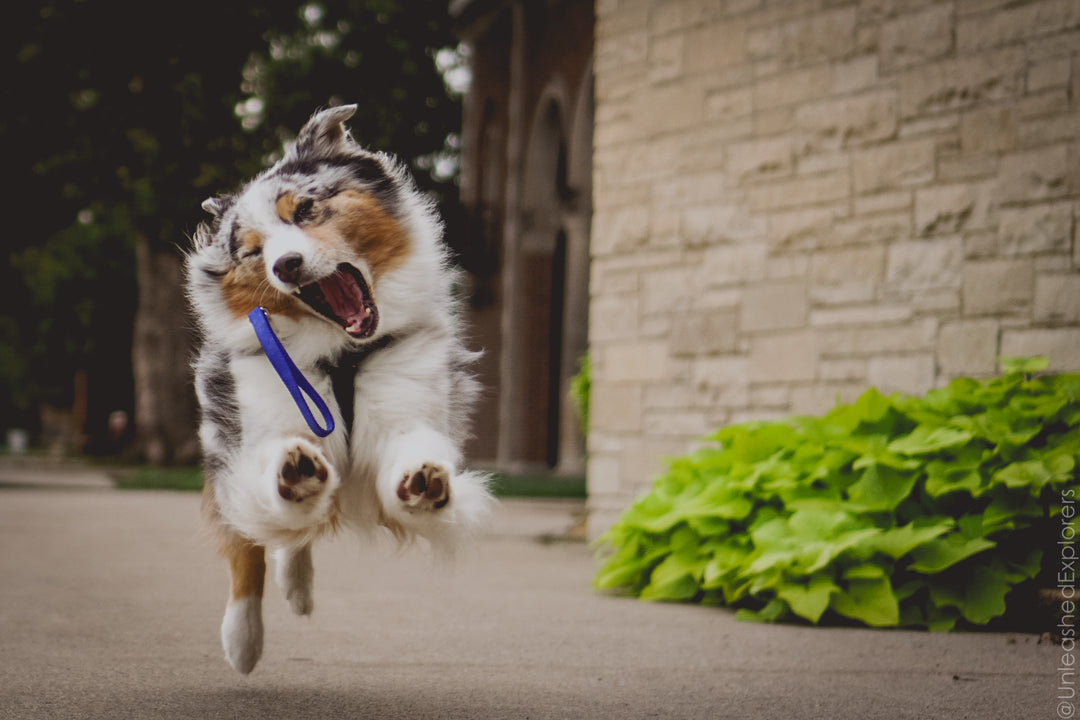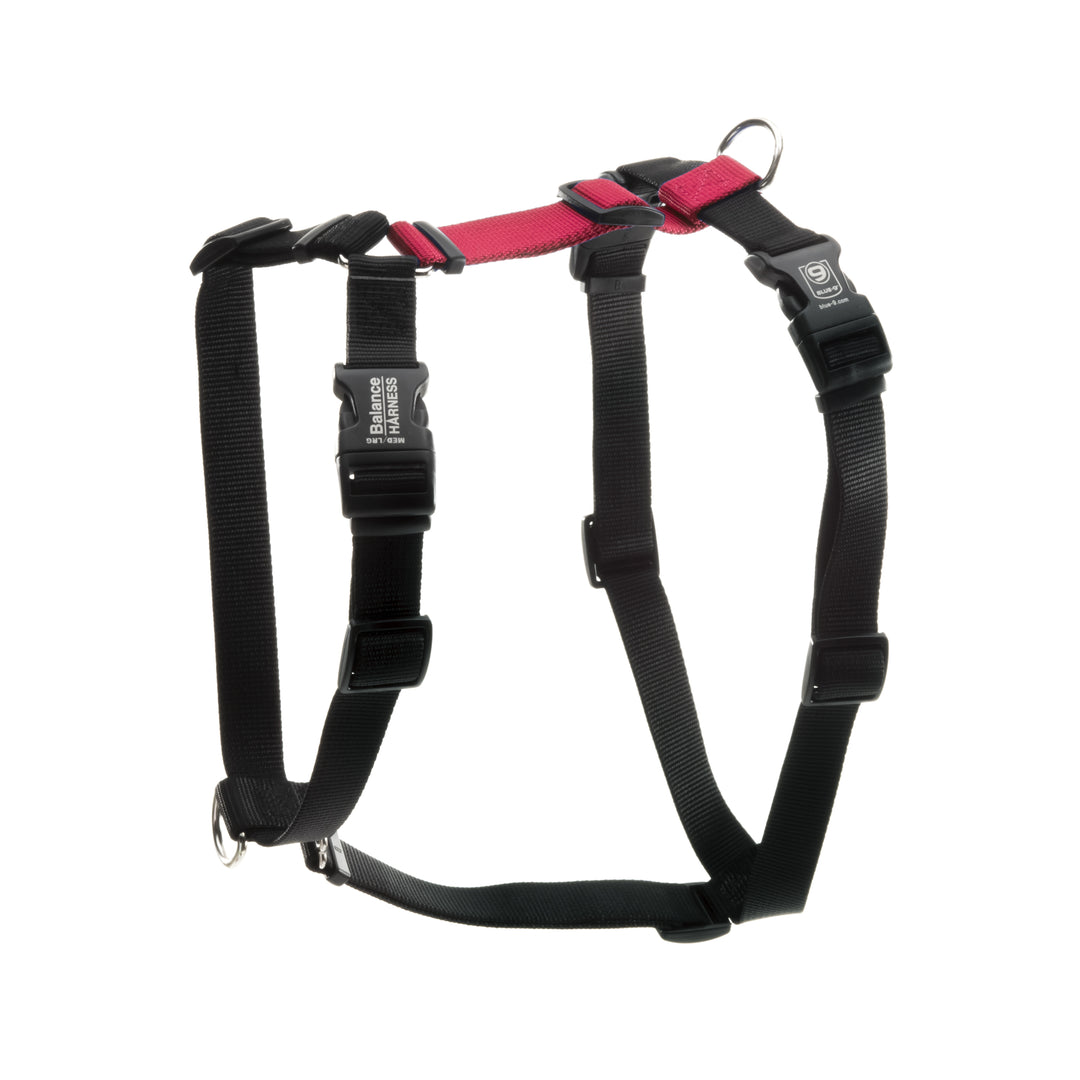Dog Training Basics
PROVEN RECOMMENDATIONS FROM PROFESSIONAL DOG TRAINERS
REWARD-BASED TRAINING
Reward-Based Training is all about working with your dog as a partner. The key to reward-based training is helping your dog succeed. We want to set our dogs up for success and reward good choices. Your training success will depend on your building strong, trusting communication with your dog. With reward-based training, we focus on teaching our dogs what we want them to do. It is important to keep training fun for you and your dog. Training is all about building a bond and communication. If you keep your training sessions short and fun, both you and your dog are more likely to enjoy the training sessions!
WHAT MOTIVATES YOUR DOG?
Before you begin training your dog, you need to understand what motivates your dog. By understanding what motivates your dog, you will know what to use to reward desired behaviors. Some examples of rewards are tiny pieces of food or a game of fetch or tug. Food tends to be the easiest reward to use because you can get multiple repetitions of a behavior in a short amount of time. Make sure you pick a treat your dog finds reinforcing. Choose healthy treats that can be broken into small pieces. Schedule your training sessions during times that your dog will be hungry.
MARKERS
With reward-based training, we want to use a marker signal that lets our dog know exactly what he did right. A marker can be a small mechanical device called a clicker, or you can use a verbal marker such as “yes.” When teaching new skills, this marker signal will always be followed by a reward (e.g., treat or tug). When you mark a behavior, it is like taking a picture of the behavior you want to reward. Good dog training comes down to clear communication and great timing. Markers will help you with your timing. You may also want to use a ‘keep up the good work’ marker such as “good boy/girl.” This is a word or phrase the dog will learn to mean continue the behavior. It will let him know that he’s doing a good job without coming to you for a treat or play reward.
When your dog becomes proficient with KLIMB training, you may want to use a no reward marker. No reward markers mark any behavior the dog exhibits that is incorrect, such as jumping off the KLIMB before being given permission to do so. “Oops” or “No” are good examples of no reward markers. Be sure that you do not say the "no reward marker" too harshly. This is only to let the dog know that he made a mistake and lost the opportunity to earn a reward, not to scare him.
If you are going to use a no reward marker, it is important that you have impeccable timing. You want to give your no reward marker word as soon as the dog makes the mistake. You would want to say “oops” before your dog’s feet even touched the ground. If your dog has jumped off and taken steps forward, it is too late to correct your dog—simply reset your dog and try again. Remember to always set your dog up for success.
GIVING CUES
The tone and volume of your voice should be confident, but not overly forceful. The softer you can cue your dog the better. Your dog should be attentive to your voice, but you should not have to raise it.
TIMING
Remember, timing is key when marking the desired behavior. You want to mark the behavior as it is happening. The instant your dog jumps onto the KLIMB you will want to mark the dog for making the correct choice. Be sure to follow up with a reward within 1 second of marking.




